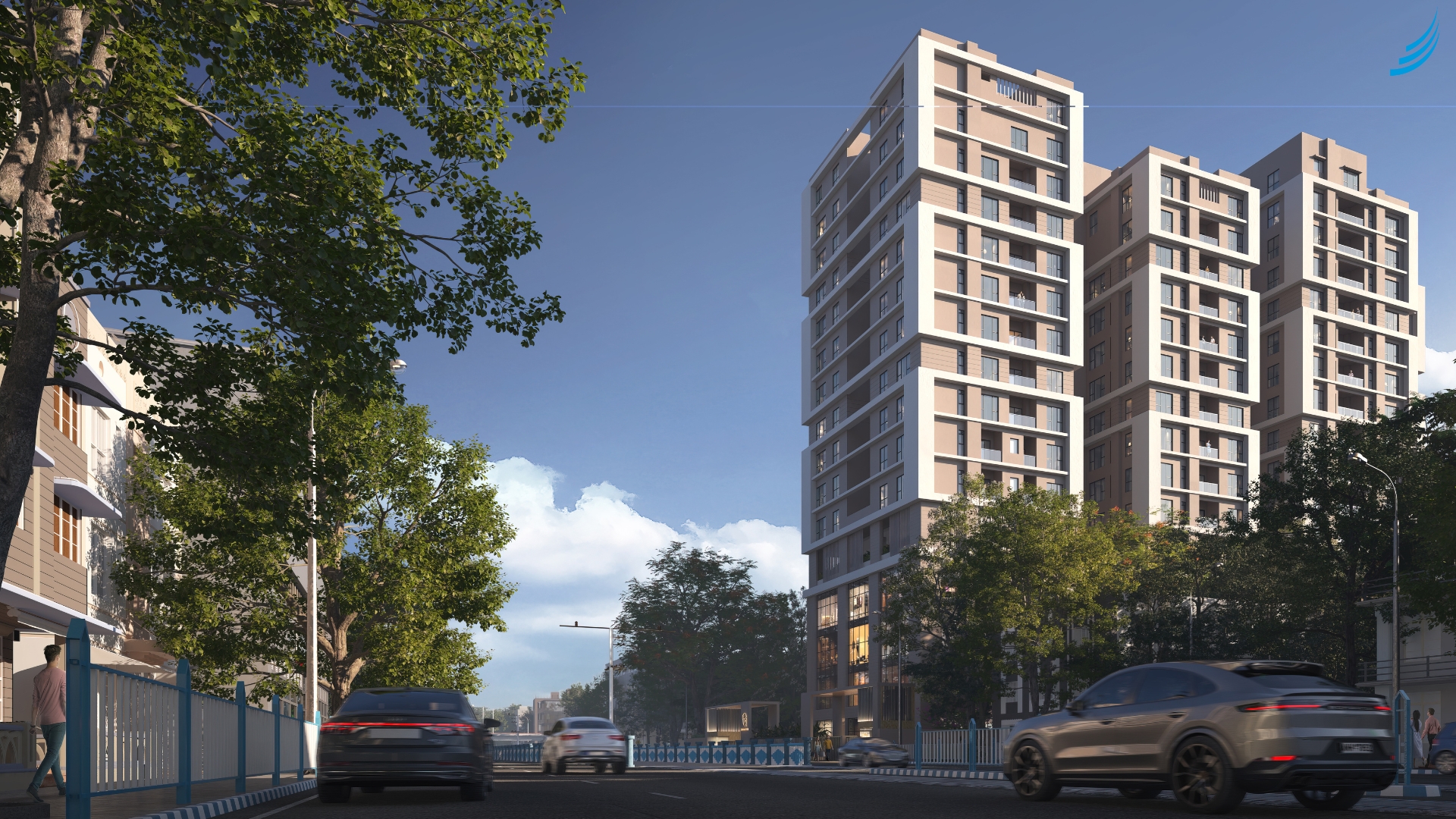
3D architectural visualization has evolved the way architects and designers bring their concepts to life. By transforming two-dimensional designs into realistic three-dimensional models, this technology provides a detailed and fascinating experience. However, one of the key elements that can boost these visualizations to the next level is advanced texturing.
So, here we will explore how texturing techniques can improve 3D architectural visualization.
Texturing is a process to apply a surface appearance to a 3D model. It creates details that imitate real-world materials, like wood, stone, glass, or metal, to give the model a realistic look. This is important in 3D visualization because it has the ability to turn basic models into lifelike structures. The quality of textures directly impacts how well a viewer can connect with and understand the proposed architectural concept.
Implementing high-quality textures in 3D visualization has several perks:
When it comes to 3D architectural rendering, advanced texturing techniques can highly fix the depth, realism, and appeal of the visuals.
Keeping that in mind, we have shared some effective techniques that can be employed for better project outcomes.
PBR texturing simulates light interaction with different surfaces. It provides more realistic and accurate renderings, taking into factors like roughness, metallic properties, and surface imperfections. Using PBR textures in 3D architectural visualization helps in creating highly detailed and life-like models that resonate well with clients.
Perks of PBR Texturing:
Normal mapping is a process to reproduce fine surface details without adding extra polygons to the model. This method is especially useful for replicating details like bumps, grooves, and patterns on materials such as brick walls, tiles, or wooden panels. With this, you can create a texture map that adds the illusion of depth and complexity to flat surfaces.
Perks of Normal Mapping:
Displacement mapping physically alters the geometry of a 3D model to add realistic details. This technique adjusts the apex of the model to create actual bumps, elevations, and depressions on surfaces. Displacement mapping is a game-changer in 3D architectural visualization because it allows for the most accurate representation of complex surfaces, making the model look incredibly lifelike.
Key Benefits of Displacement Mapping:
Specular and gloss maps control the way light reflects off a surface. It contributes to the material’s shininess or dullness. In 3D architectural rendering, these maps are essential to accurately depict materials like glass, polished wood, or metallic surfaces. By adjusting these maps, you can create the precise level of reflectivity that different materials require, enhancing the overall authenticity of the visualization.
Today’s market is competitive, so creating visually stunning and realistic 3D visualizations is vital for architects, designers, and real estate developers. And it is where Mayabious Group comes in, we are more than just a creative agency; we are pioneers in the field of 3D visualization, offering customized solutions to meet the unique requirements of every project. Read out to know why Mayabious Group should be your go-to choice for all your 3D visualization needs:
Advanced texturing techniques are essential for improving 3D architectural visualization. The techniques mentioned above not only improve the aesthetic quality but also add a new level of realism to architectural designs. These features make them more engaging and convincing.
So, if you too are in need of high-quality textures, then working with a skilled creative agency like Mayabious Group will be the wisest choice. We elevate your 3D visualization journey and hand over marvelous outcomes. Get in touch with us today!